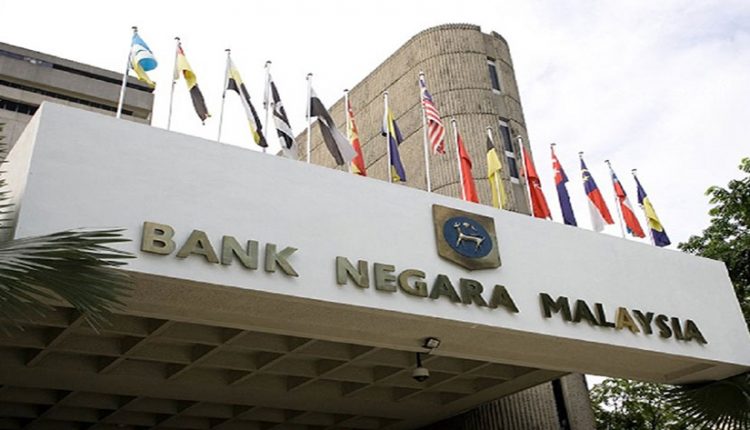KUALA LUMPUR: The banking system remained well-capitalised throughout the second half of 2022 (2H 2022), bolstering the bank’s capacity to support lending activity and absorb unexpected losses.
Bank Negara Malaysia (BNM) in its Financial Stability Review for the 2H 2022 said the banking system’s total capital ratio remained strong at 18.8 per cent in December 2022 compared to 18.4 per cent in June 2022, with capital buffers of RM134.8 billion in excess of the regulatory minimum.
“Improvements in profitability will provide further support for banks’ capital buffers, with most banks maintaining capital conservation strategies (including dividend reinvestment programmes) to preserve their buffers.
“This in turn will continue to support credit to the economy and preserve banks’ capacity to absorb unexpected losses,” said the central bank, adding that active risk management and hedging by banks would also help mitigate the impact of volatile market conditions on their capital positions.
BNM said Malaysian banks are still working on adopting key elements of the Basel III reforms package to further improve the risk-sensitivity of the capital framework, which would reinforce the capital strength of the banking system going forward.
Meanwhile, bank earnings continued its recovery momentum in 2H 2022, which saw the net interest margins sustained by both stronger loan growth and higher lending rates, outpacing the increase in funding costs.
The report said returns on assets and equity of the banking system correspondingly improved to 1.4 per cent and 12.4 per cent respectively, while market valuations of listed banks, as measured by the price-to-book and price-to-earnings ratios also trended higher to 0.9 and 12.2 as at December 2022.
“Nevertheless, these valuations have not fully recovered to pre-pandemic levels, reflecting investor concerns over lingering uncertainties in the operating environment for banks in 2023.” said BNM.
On liquidity positions, the central bank said banks continued to maintain adequate liquidity buffers in 2H 2022.
According to the report, the Net Stable Funding Ratio (NSFR) and Liquidity Coverage Ratio (LCR) remained healthy, at 118.2 per cent and 154.0 per cent as at December 2022 respectively.
“The healthy funding position of the banking system supported lending to households and businesses amid the ongoing economic recovery while ensuring that banks remained resilient against liquidity shocks, both over the short- and longer-term horizon,” said the report.
The report also revealed that the share of loans under repayment assistance programmes declined further to 4.2 per cent of total banking system loans.
In line with the improvements observed in overall repayment trends, some banks have written back provisions assigned through management overlays during the pandemic for retail borrowers with good repayment behaviour, it said.
This, coupled with write-offs of some legacy loans during the period, resulted in provisions recording a decline in 2H 2022, said BNM.
“Loan-loss coverage ratios, including regulatory reserves, nonetheless remained high as banks remain vigilant against unfolding credit risks, particularly for loans that are still under, or newly exiting, repayment assistance programmes,” it said.
On the bank’s external debt, it increased by RM24.9 billion in the 2H 2022 to RM396.4 billion, largely driven by higher interbank borrowings by banks in the Labuan International Business and Financial Centre (LIBFC) from their related offshore counterparts.
It said foreign currency external debt-at-risk remained manageable at RM80.4 billion or 20.3 per cent of total banking system external debt. – Bernama

